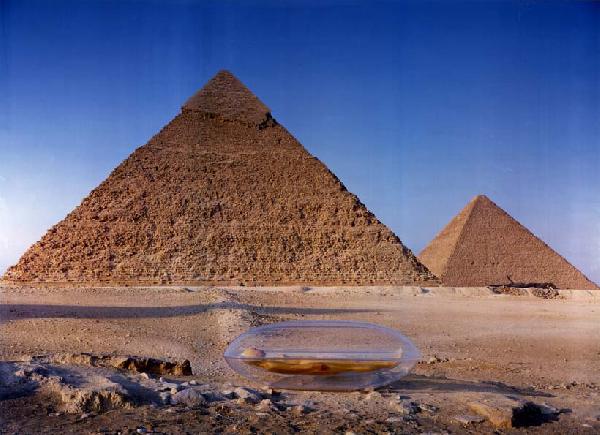Sunday, April 10, 2011
Second Life
This is my first attempt at finishing one look but I had trouble erasing the original outfit and hair style for some reason!
Stelarc
| Stelarc & Nina Sellars |
His work is "based on the central idea that the human body has become obsolete or rather; biologically inadequate."
In his words, the human body "malfunctions often and fatigues quickly; its performance is determined by its age. It is susceptible to disease and is doomed to a certain and early death. Its survival parameters are very slim - it can survive only weeks without food, days without water, and minutes without oxygen."
Erwin Redl
Erwin was born in Austria in 1963. His artistic medium is LEDS in two and three dimension. His work to me visually seems elegant and simple. It's purpose is to seduce your senses yet leave room for you to create your own fantasy in his work. This is one of the artists' whose work I would really like to see!
“My work reflects upon the condition of art making after the ‘digital experience.’ The formal and structural approach to various media I employ, such as installation, CD-ROM, Internet and sound, almost requires binary logic, because I assemble the material according to a narrow set of self-imposed rules which often incorporate algorithms, controlled randomness and other methods inspired by computer code.”
Toni Dove
Toni Dove is best known for her electronic media, interactive movies, and installations. In her work she likes to provide multiple point of view that bring importance to evey character. After watching a couple of her pieces it is easy to see how much effort she puts in the films and the sound tracks. In particular I like this video because of the bubble and the softness you imagine. I also like the tiny bits of humor in it.
"To make the cimamatic experience something that we can improvise. So the idea is to create a dense multiy layered almost sculptural form of cimema that you can navigate and shuttle through in real time."
Sunday, April 3, 2011
Mariko Mori
Mariko Mori was born in Tokyo, Japan in 1967. Mori is known for her cyberfeminism and futuristic installations. She initially studied fashion and later became a model in Japan. Feeling confined by Japan's culture of conformity she moved to London where she began to study art. Mori was always looking for ways to express her individualism and give power to women. She believes that womens' own resignation has a big role in the position that they play in Japan's culture. Mori also urged women to take the roles that men gave them and turn it to something that represented them or helped them. In other words "own it". 



Most of Mariko Mori's work is a fine mixture of real life and fantasy it is so intertwined that if you separate the two I don't believe there would be any art.
Her later work was about enlightenment and meditation. She embraced technology with open arms and wanted to go as far with it as she could without losing core tradition. So on the surface most of her work seems very futuristic and technologically advanced but once you go a little deeper you see traditional issues or topics.
One traditional value that came up often in her work was Buddhist values. The concept of oneness and the world existing as one interconnected organism. Models for overcoming national and cultural borders.
"The 21st century is rapidly approaching; it promises a new era when a city in space may well become a reality. In the future, we can transcend our national borders to share one consciousness as interconnected life forms and truly global being. It is my hope that Beginning of the End will serve as a symbol of the eternal harmony of the human spirit" - Mariko Mori
This is one of her latest pieces were she erected a pole on a rock and several feet away she set a capsule that illuminates in different color s depending on the flow of the current.

Subscribe to:
Posts (Atom)





















